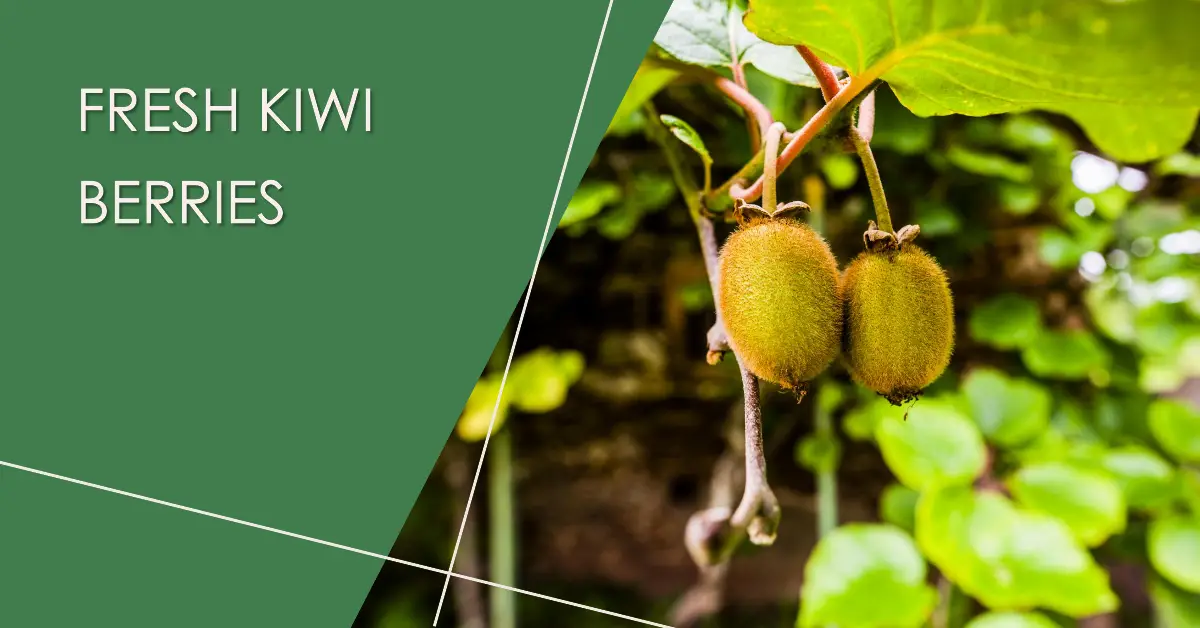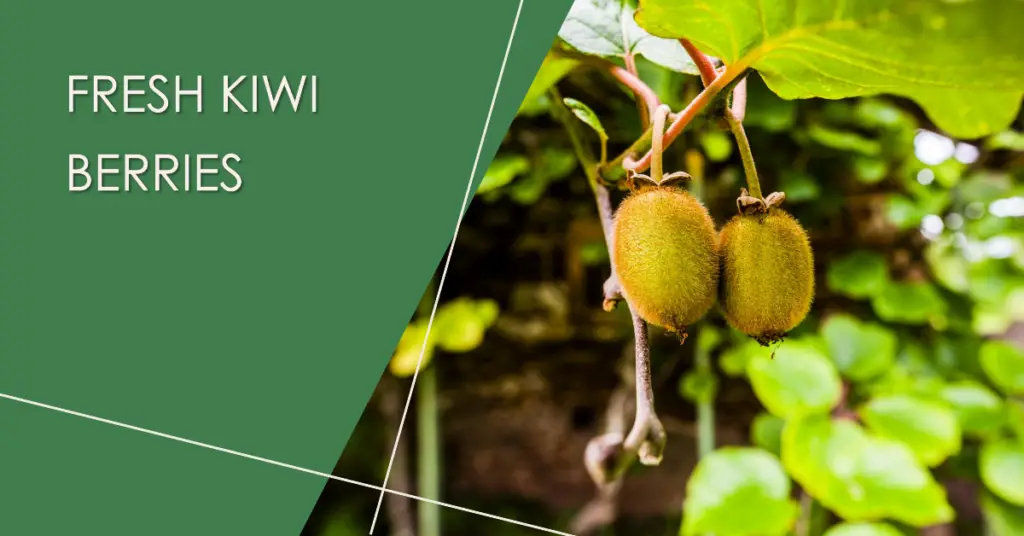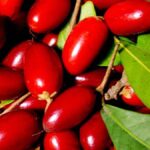
Introduction
Kiwi berries, also known as hardy kiwis or baby kiwis, are a delicious and nutritious fruit that is easy to grow. They are a member of the Actinidia genus, which also includes the common kiwifruit. Kiwi berries are native to China, but they are now grown in many parts of the world.

Why Grow Kiwi Berries?
There are many reasons to grow kiwi berries. They are a delicious and versatile fruit that can be eaten fresh, frozen, or cooked. They are also a good source of vitamins C and K, as well as fiber. Kiwi berries are also relatively easy to grow, even in cold climates.
How to Grow Kiwi Berries
Kiwi berries can be grown in a variety of climates, but they do best in cool, temperate regions. They need full sun and well-drained soil. Kiwi berries can be grown from seed, but they will not produce fruit until they are at least 3 years old. It is best to start with a grafted plant, which will start producing fruit sooner.
Planting Kiwi Berries
Kiwi berries should be planted in the spring or fall. The planting hole should be about twice the width of the root ball. Backfill the hole with soil and water well.
Caring for Kiwi Berries
Kiwi berries need regular watering, especially during the first year after planting. They also need to be fertilized in the spring and fall. Kiwi berries are susceptible to pests and diseases, so it is important to inspect the plants regularly and take preventive measures.
Harvesting Kiwi Berries
Kiwi berries are ready to harvest when they are bright green and slightly soft. They can be eaten fresh, frozen, or cooked.
Varieties of Kiwi Berries
There are several varieties of kiwi berries, but some of the most popular include:
- Hayward: This is the most common variety of kiwi berry. It is a large, juicy fruit with a sweet flavor.
- Issai: This variety is smaller than Hayward, but it is also sweeter. It is a good choice for people who do not like the strong flavor of some kiwi berries.
- Jenny: This variety is a cross between Hayward and Issai. It is a good compromise between size and flavor.
- Ananasnaya: This variety is known for its pineapple-like flavor. It is a good choice for people who are looking for a unique flavor.
Planting Kiwi Berries
When planting kiwi berries, it is important to choose a planting site that receives full sun. The soil should be well-drained and loamy. Kiwi berries can be planted in the spring or fall.
The planting hole should be about twice the width of the root ball. Backfill the hole with soil and water well.
Caring for Kiwi Berries
Kiwi berries need regular watering, especially during the first year after planting. They also need to be fertilized in the spring and fall. Kiwi berries are susceptible to pests and diseases, so it is important to inspect the plants regularly and take preventive measures.
Pests and Diseases
Some of the most common pests that attack kiwi berries include aphids, scale, and spider mites. Some of the most common diseases that attack kiwi berries include powdery mildew and black spot.
Harvesting Kiwi Berries
Kiwi berries are ready to harvest when they are bright green and slightly soft. They can be eaten fresh, frozen, or cooked.
Storage
Kiwi berries can be stored in the refrigerator for up to 2 weeks. They can also be frozen for up to 6 months.
Conclusion
Kiwi berries are a delicious and nutritious fruit that is easy to grow. They are a great addition to any home garden.
Additional Information
Here are some additional tips for growing kiwi berries:
- Choose a planting site that receives full sun.
- Plant kiwi berries in well-drained soil.
- Mulch around the plants to help retain moisture and suppress weeds.
- Water regularly, especially during the first year after planting.
- Fertilize in the spring and fall with a balanced fertilizer.
- Inspect the plants regularly for pests and diseases.
- Harvest kiwi berries when they are bright green and slightly soft.
- Kiwi berries can be grown as a trellis or as a groundcover.
- Kiwi berries are self-fertile, so you only need one plant to produce fruit.
- Kiwi berries can be propagated from seed, but it is more common to propagate them from cuttings.




